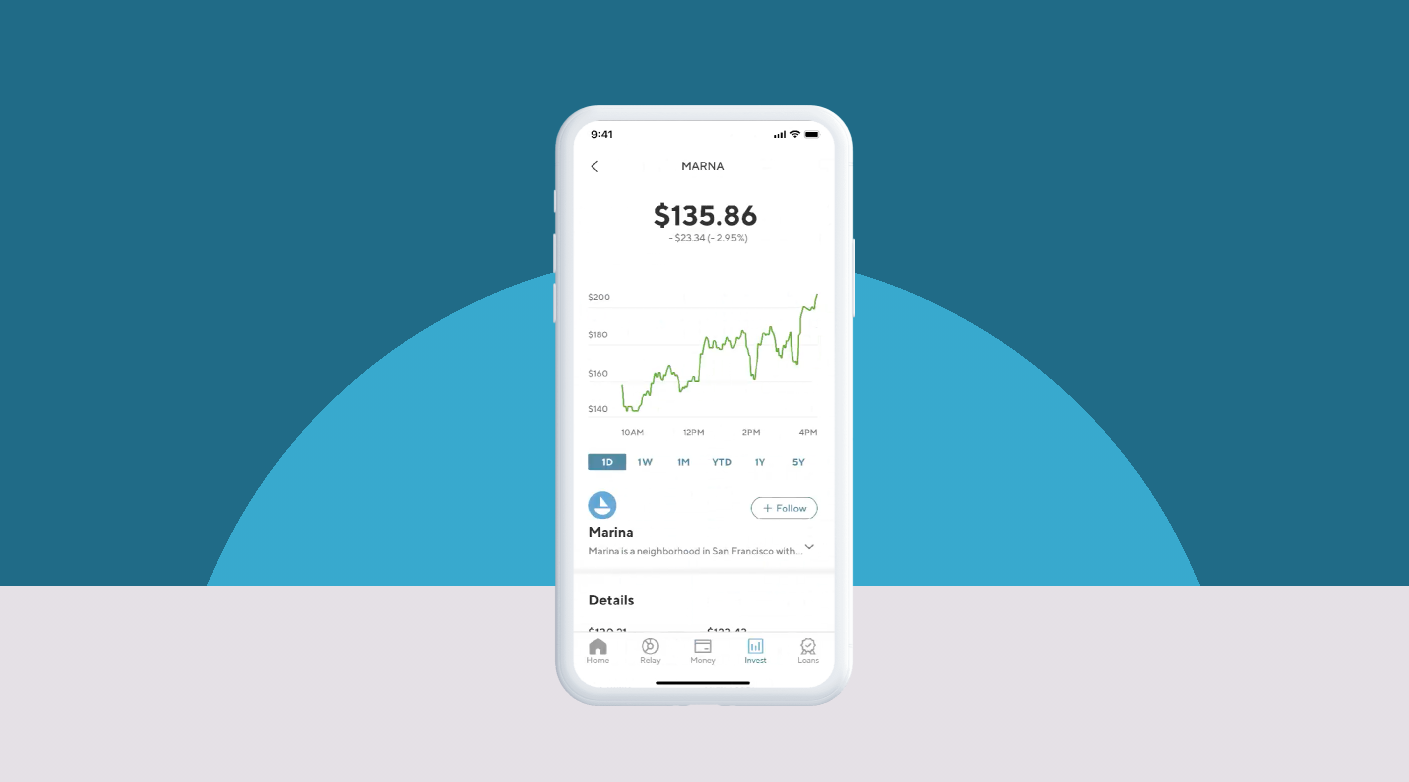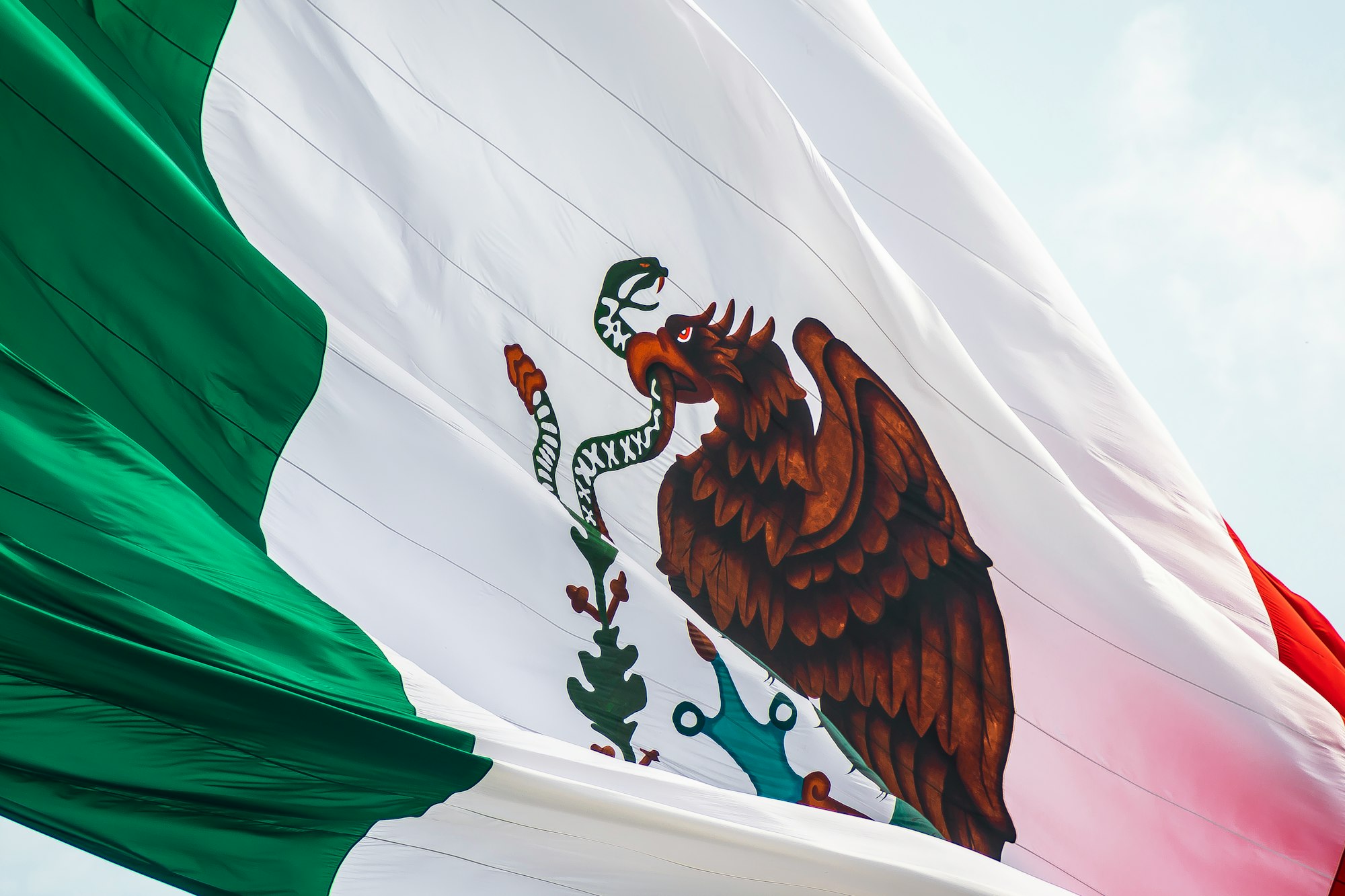Social Finance, Inc. (SoFi) was founded in 2011 by 4 students who met at Stanford Graduate School of Business. The initial goal was to help solve the student debt crisis by giving student access to lower loan rates than federal standards.
- SoFi’s rates ranged from 5.99% to 6.5%, undercutting federal and private rates which ranged from 6.8% to 16%
- By September 2012, SoFi was reported to have committed over $ 200m in loans
- This increased to $ 450m by April 2014 and its borrowers reportedly got on average $ 9,400 in savings by refinancing their loan with SoFi

ONE-STOP-SHOP
Today, SoFi wants to help its customers with every financial step of their journey. It has therefore branched out into numerous financial activities, providing:
- Student loans
- Medical loans
- Home loans
- Renters insurance (in partnership with Lemonade)
- ETFs
- Stocks & cryptos
- Credit card
- Auto insurance (in partnership with Root)
This means that SoFi’s wants to be a “one-stop-shop” for its users. Enabling it to cross-sell its different products. By doing so, SoFi is increasing its customers’ Lifetime Value (LTV) and reducing its Customer Acquisition Cost (CAC).
“Leveraging the financial services productivity loop (“FSPL”) strategy where building TRUST and a “RELATIONSHIP” in the 1st product drives success in the next, results in Highest LTV & Lowest CAC resulting in our competitive advantage” Social Finance, Inc. Investor Presentation
BETTING ON EDUCATION
To attract and retain customers, SoFi has developed a “financial education” offering aimed at helping (first-time) borrowers and investors manage their money. This takes the form of a social platform where its users can get financial mentorship and assistance:
- It helps borrowers with planning their repayments
- Assists its users with their investments
- Provides help / counselling with career-related questions
“[…] the startup has created a social platform that combines online and offline connections to help educate students on financial literacy while offering career mentoring and [in-school project assistance]” Rip Empson for TechCrunch
WINNER TAKES MOST
SoFi is betting that it can replicate Amazon’s, Facebook’s and Uber’s successes and become one of the few leading financial technology platforms.
“We believe the next decade will be a golden era for digital financial services,”
“where three to five FinTech companies will emerge as leaders, and one will emerge as a Winner Takes Most, and we believe that will be SoFi.” Anthony Noto, Investor Webcast 6th of January 2021
The company asserts that around 250m banking account are held by the more than 4,700 Tier-2 banks in the United States and around 40% of Americans use more than one bank account as their primary bank doesn’t offer fully integrated services.
SoFi therefore bets that it can attract these allegedly dissatisfied customers and convert them to its modern and fully-integrated digital banking products.
GALILEO ACQUISITION
This strategy is supported by a tool SoFi acquired in April 2020 for $ 1.2B.
“SoFi, the online personal finance company, today announced it has signed a definitive agreement to acquire Galileo Financial Technologies (“Galileo”)” Social Finance, Inc. Press Release
Galileo is the engine behind Robinhood, Revolut, Monzo, Chime, TransferWise. It provides companies with an easy way to create consumer and B2B financial services through its open APIs
“With our APIs our clients can create and manage accounts, authorize payments, manage card balances and get fraud protection. We manage the entire back end, […]”
“The number one fintech out of the UK, Canada, and U.S. all use our platform. We’re powering the reimagination of banking and money.” Clay Wilkes by Donna Fuscaldo for Forbes
By the third quarter of 2020, Galileo was already powering over 50m accounts, up from 21m accounts in the third quarter of 2019.
- In March 2020, Galileo processed over $ 53B in Annualised Payments Volume (APV)
- It was reported in October 2019 that Galileo had $ 100m in ARR for $ 26B in APV with sales growing 130% YoY
“We’re in a golden era of fintech innovation and Galileo has quietly built the API infrastructure layer powering the industry’s most innovative products” John Locke by Donna Fuscaldo for Forbes
UNFAIR ADVANTAGE
Galileo is central in powering SoFi’s growth, profitability and long term competitive position. Its unit economics will be hard to beat by companies that compete with SoFi but are also supplied by it.
Here are some of SoFi’s CEO remarks in an investor webcast with Chamath Palihapitiya:
“The addition of Galileo’s technology platform allows us to vertically integrate our financial services […] so that we can achieve superior economics in these products as well”
“We believe our vertical integration of tech and operations, via our lending stack, and now the Galileo technology platform, coupled with the revenue and marketing efficiencies of cross-buying, will drive attractive unit economics that will be hard to beat.” Anthony Noto, Investor Webcast 6th of January 2021
SoFi is thus set to enjoy a cost advantage compared to Tier-2 banks but it will also supply the infrastructure Tier-2 banks need. In this case, SoFi’s unit economics will be hard to beat by these banks
“These financial services companies will struggle to invest enough in technology because of their lower scale. We can help them create a better product and service through Galileo, our technology platform”
THE MARKET
The digital banking market is set to rise by 15% a year over the 2019 - 2025 period and reach $ 16B by 2025. The digital lending market is set to rise by over 20% a year over the same period. The need to rationalise costs, growing smartphone penetration and customers’ appetite for digital solutions are driving the market.
1. According to Valuates, the global digital banking market is set to reach $ 16.2B by 2025, up from $ 5.2B in 2019
- This represents a CAGR of 15.3% and is driven by demand for digital banking solutions in the U.S.
2. According to ReportLinker, the global market for digital banking is set to reach $ 22.3B by 2025
- Driven by the growing base of internet users, increasing smartphone penetration, customer appetite for convenience and the need to rationalize costs within the banking industry
“At the same time, intense pressure on banking firms to minimize operating costs in order to stay competitive is also having a major bearing on uptake of digital banking solutions” ReportLinker
3. Still according to ReportLinker, the global digital lending platform market is set to reach $ 11.6B by 2025, for a CAGR of 20.3% over the 2019 - 2025 period
- Driven by the need to rationalise costs, the advent of cloud-based lending solutions and customer demand for easier and faster lending processes
“These platforms are enormously being adopted by banks as they provide seamless monitoring and increased profitability benefits. It also makes it easy for borrowers to apply and provides them with transparency, which in turn leads to considerable time savings.”
“The automated design of online lending platforms provides lenders and borrowers with a more reliable approach to providing funding solutions, thus reducing stress and increasing the chances of successful lending approval.” ReportLinker
4. According to Global Market Insights, the digital lending platform market is set to grow by 20% a year and reach $ 17B by 2025, up from $ 4B in 2018
- Driven by increasing smartphone penetration, digitisation across financial institutions and the need to rationalise costs
5. According to Mordor Intelligence, the digital lending market is set to reach $ 587B by 2026, up from $ 311B in 2020
- Representing a CAGR of 11.9% and driven by the growing smartphone penetration, the need to digitise across the industry to cut costs
“Also, technologies like Artificial Intelligence, Machine Learning, and Cloud Computing benefit the banks and fintech as they can process huge amounts of information about customers” Mordor Intelligence
TIER-1 MANAGEMENT
Anthony Noto took the helm in 2018 after an employee filed a lawsuit against Mike Cagney, who was SoFi’s CEO and founder. At the time, several sources reported on SoFi’s toxic culture. Today, SoFi is led by experienced financial and technology executives.
- Anthony is the CEO of SoFi since February 2018 and serves on its board of directors
- Before joining SoFi, he served as chief operating officer of Twitter since November 2016, and as its chief financial officer when joining the company in July 2014. Prior to Twitter, he served for almost four years as co-head of global TMT investment banking at Goldman Sachs
- Holds a masters of business administration from the University of Pennsylvania’s Wharton School
- Chris Lapointe is SoFi’s CFO
- He joined from Uber Technologies where he was the Global Head of FP&A, Corporate Finance and FinTech. Prior to Uber, he was Vice President of TMT Investment Banking at Goldman Sachs
- Holds an MBA from the Tuck School of Business at Dartmouth College and a Bachelor of Arts degree in Math and Economics From Dartmouth College
- Lauren Stafford Webb is Chief Marketing Officer and oversees SoFi’s brand and advertising initiatives
- Previously worked at Intuit, where she led global corporate marketing, spearheading the delivery of the company’s first corporate brand strategy and campaign
- Holds a bachelor’s degree in Finance from The Ohio State University Fisher College of Business
TAKE A BREATH
So… This is a lot of information. Let’s summarise:
- SoFi was founded in 2011 to help alleviate the student debt burden. It did so by undercutting federal and private loan rates
- The company quickly expanded into adjacent business areas and added mortgages, investment tools, insurances and even cryptocurrency trading to its offering
- Today, SoFi is a “one-stop-shop” for high-earning (above $ 100,000 / year) young professionals and students
- It provides its user base with a convenient, fast and transparent banking solution all while helping them get a grasp of their financial situation through its mentorships and counselling sessions
- SoFi’s ability to cross-sell a vast array of financial products enables it to decrease its customer acquisition costs while increasing its customers’ lifetime value
- Taking clues from Amazon, it aims to become a vertically integrated FinTech solution and therefore acquired Galileo
- Galileo acts as the backend of SoFi’s financial services but also serves SoFi’s main competitors such as Robinhood, Chime, Revolut, Monzo
- On top of lower customer acquisition costs and higher customer lifetime value, SoFi is adding a third advantage through Galileo: lower product costs
FINANCIAL CHECK
- Net revenue reached $ 451m in 2019, up 87% year-on-year
- Sales are expected to reach $ 621m in 2020, up 38% year-on-year
- Contribution profit margins stood at negative 6% in 2019 and are set to reach 22% in 2020
- Adjusted EBITDA came in at a loss of $ 149m in 2019
- Adjusted EBITDA loss is expected to contract to $ 66m in 2020
- By 2025, the company expects to generate $ 3.7B in Net Revenue, for a 2020 - 2025 Net Revenue CAGR of 43%
- Adjusted EBITDA is set to reach $ 1.2B by 2025, translating into an Adjusted EBITDA margin of 32%
- Contribution profit margins are set to reach 41% by 2025
BENCHMARK'S TAKE
The Good
- SoFi aims to take advantage of the fragmented Tier-2 banking market by attracting customers with its easy to use and intuitive “one-stop-shop” offering
- This “one-stop-shop” strategy enables it to reduce customer acquisitions costs and increase its customers’ lifetime value by cross-selling products and offering a central touch points for users
- Driven by the need for cost optimisation and customer demand, banks have no other solution than to propose digital tools to their clients
- With Galileo, SoFi is ideally placed to take advantage of the rise of digital “NeoBanks” but also of the Tier-2 banks modernisation effort
- In the long term, SoFi is set to become hard to compete with as it has a lower CAC and higher LTV than its competitors, all while being a supplier of financial technology
The Bad
- Banks may be driven to develop their own backend in order to avoid competition from SoFi
- SoFi’s sales slowed down in 2020 but projects an acceleration going into 2021
Disclaimer
Please note that this article does not constitute investment advice in any form. This article is not a research report and is not intended to serve as the basis for any investment decision. All investments involve risk and the past performance of a security or financial product does not guarantee future returns. Investors have to conduct their own research before conducting any transaction. There is always the risk of losing parts or all of your money when you invest in securities or other financial products.






